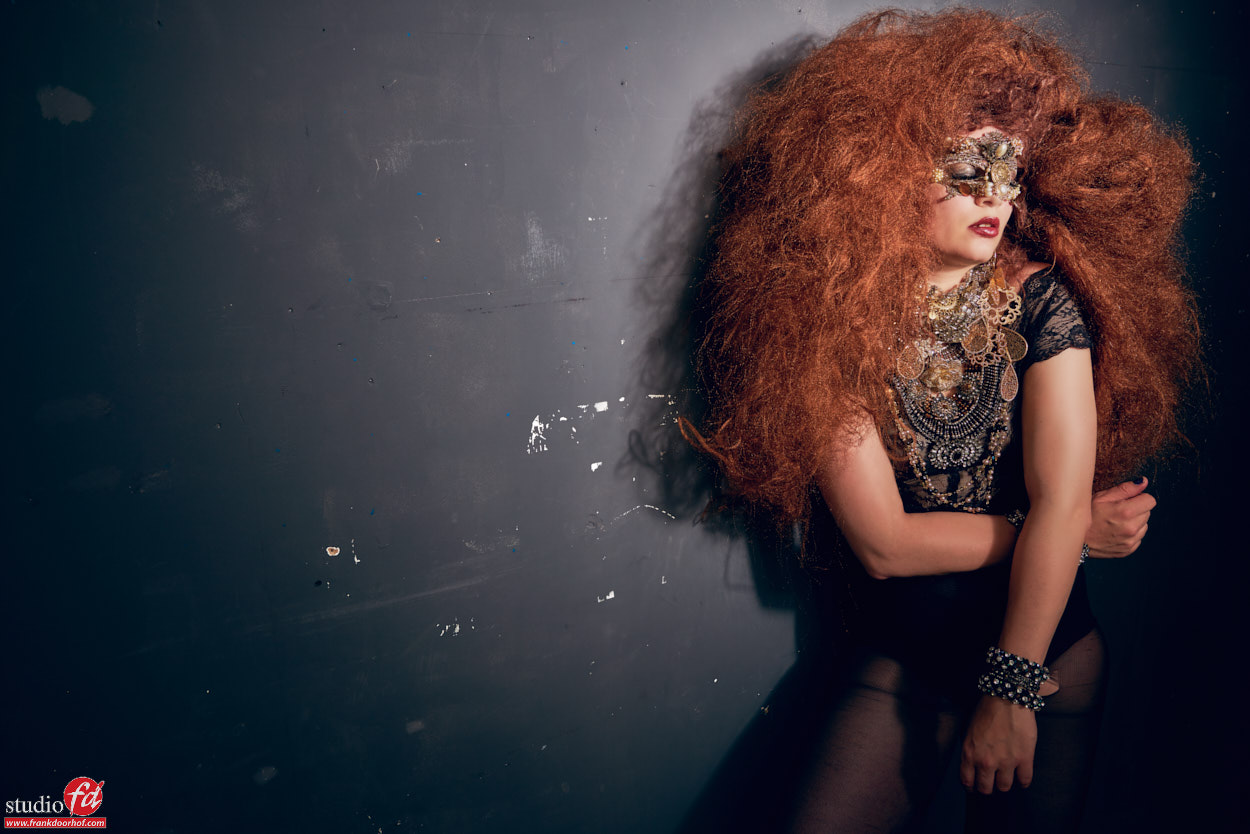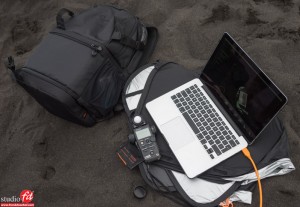A distant modelshoot in a time of social/physical distancing
One might say we woke up in a “bad” sci-fi or horror movie.
No more going outside for a lot of people, no more photoshoots, no more….. well in the Netherlands we are “happy” that at least we are not in a full 100% lockdown but still have some things we are allowed to do. And don’t get me wrong, I’m not one of those protesters that believe the government is keeping us inside for other reasons. Trust me if they want the damage to the economy to be limited they will open up as soon as possible, if your country does not yet open up, don’t do it yourself, this is a virus we are fighting with each other not an enemy you can see.
So of course one of the things I miss most is doing photoshoots. I know some people still do it, but I think that’s irresponsible, you have to move to the location, there is a huge chance of infection during that travel or on location, if you do it in your studio you have to clean literally everything and they still don’t know for sure how long the virus will be active in a room where there is little to no ventilation, in fact they already know it can be spread via the HVAC system, so you might not infect yourself but maybe someone in that building. So just don’t take the risk.
To show you guys that you can do photoshoots even without leaving your home my friend Andy set up this special photoshoot (and all credits go to him for this).
Andy is a dear friend of us, but he lives app. 6000 miles away. So talk about keeping your distance.
Andy is also a photographer, but also a good looking dude, so he came up with the idea to do a long distance photoshoot. And with todays technology this is of course very possible.

During the lightsetup I switched between the small camera and the desktop. So for the shoot the desktop was large and for setting up the lights I switched the two cameras so I could clearly see what was going on.
So what did we do?
Andy put his camera on a tripod and connected it to his laptop via a Tethertools cable of course.
Thanks to Capture One I was able to switch between shooting modes, settings and very importantly live view (without live view forget about this).
One camera (from his laptop) we set up so I could see most of the room, this made it easy to see where the lights were placed and give directions to how to angle the lights. Of course Andy was able to do the metering and place the lights.
As soon as everything was setup I switched over to the live view mode inside of Capture One and posed Andy. Now to be honest when we started this shoot I didn’t expect it to go as smooth as it actually did. For the “meeting” software we used ZOOM, but you can also use Skype or any other software that supports both taking over someones desktop and using a camera at the same time. Zoom actually worked like a charm (this was my first time using Zoom).
When everything was set up correctly I could see Andy posing via the live view and getting the shadows right was easy. When I started this my initial idea was to just use flat lighting, this is easier to get a good shot, but when we saw how smooth the connection was we just immediately went for the more contrasty lighting. Now I have to add Andy was a real champ and stayed exactly the way that I told him, there is always a slight delay between shots and directions but in all honesty it felt almost instant, so this is without a doubt usable.
Now in real life I can make better shots, will experiment a bit more with different positions, fine tune the light, freak a bit more with flares etc. but I have to be honest for a remote shoot this was not only a boat load of fun (thanks buddy) but the results aren’t that bad either, in fact if you take more time for it (we did a session of 30 minutes) I think you could do some really cool stuff.
So what do you need?
Make sure you connect your camera via USB to your laptop/tablet.
Make sure you use software that can show you the live view of your camera, for example Capture One.
Place one camera that can see the whole room and use this as the standard “webcam”
Use software that is pretty solid in the connection and has the option to take over someone’s desktop, you have to have mouse control.
The software you use to make the connection has to support also the option that both the desktop AND camera stay active
Make sure the software makes it possible to see both the desktop and the extra camera
Now if you want to go fancy (and who doesn’t)
You can use a dedicated videocamera and connect that to your desktop. We use a blackmagic HDMI to USB device for this and in our home studio a Magewell HDMI to USB device. Both do the same thing, they get a HDMI signal from your camera and convert it to something your desktop sees as an extra camera in “all” software. It replaces the often bad webcams and gives you more room to move it around and show the room.
And… well that’s about it.
After the shoot Andy send the files to me and I retouched them to show you guys the results today.
There is one thing that was a bit more difficult than expected. In real life you see everything in 3D, in other words you see depth. On a screen this is highly reduced, this made setting up the accent light for example much more tricky than normal, but in the end we got one shot out of it, I wanted to play more with that but Andy’s room was pretty bright and small so the light scatter was very hard to control, so we opted for the more darker looks 🙂













You must be logged in to post a comment.